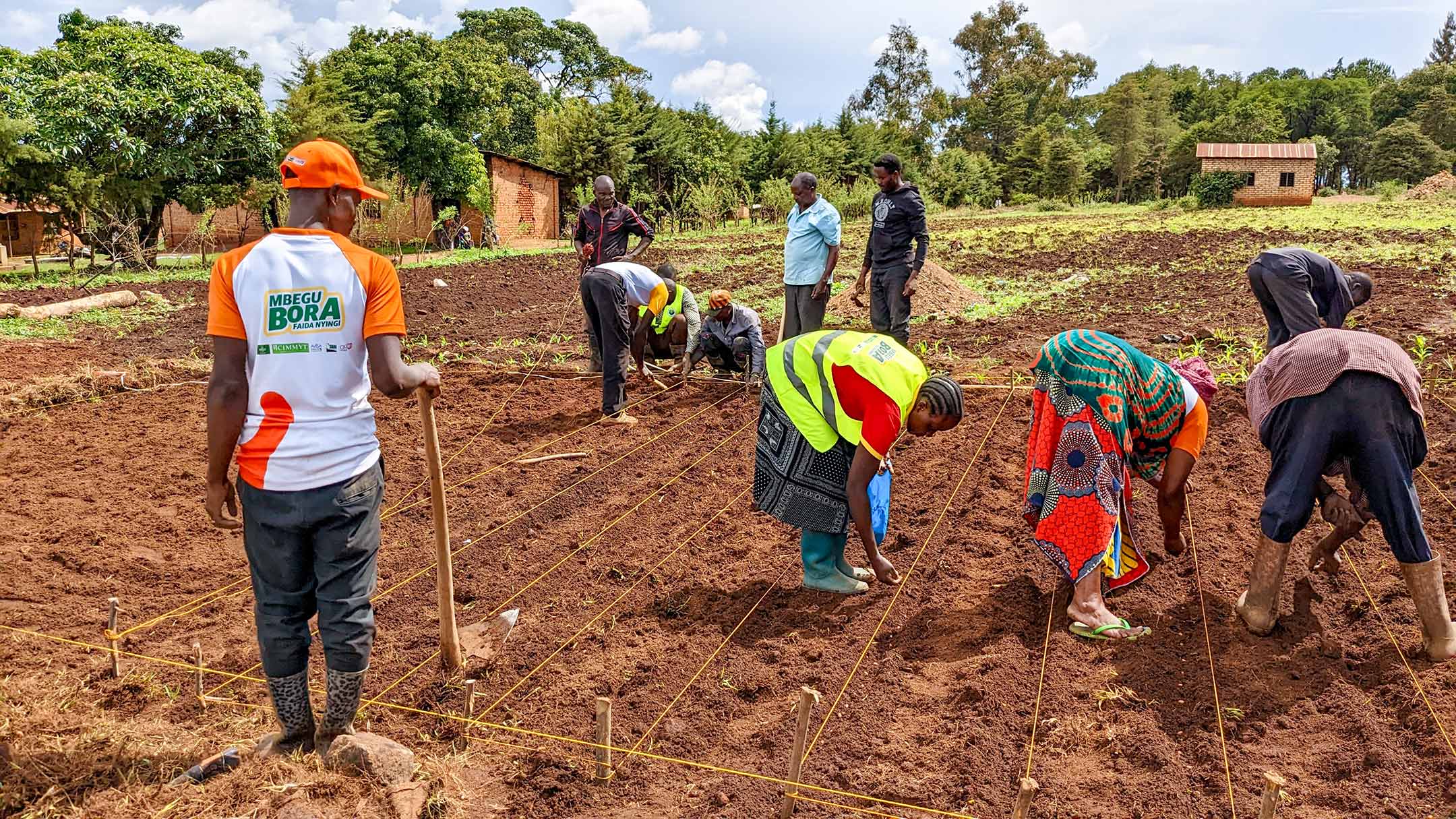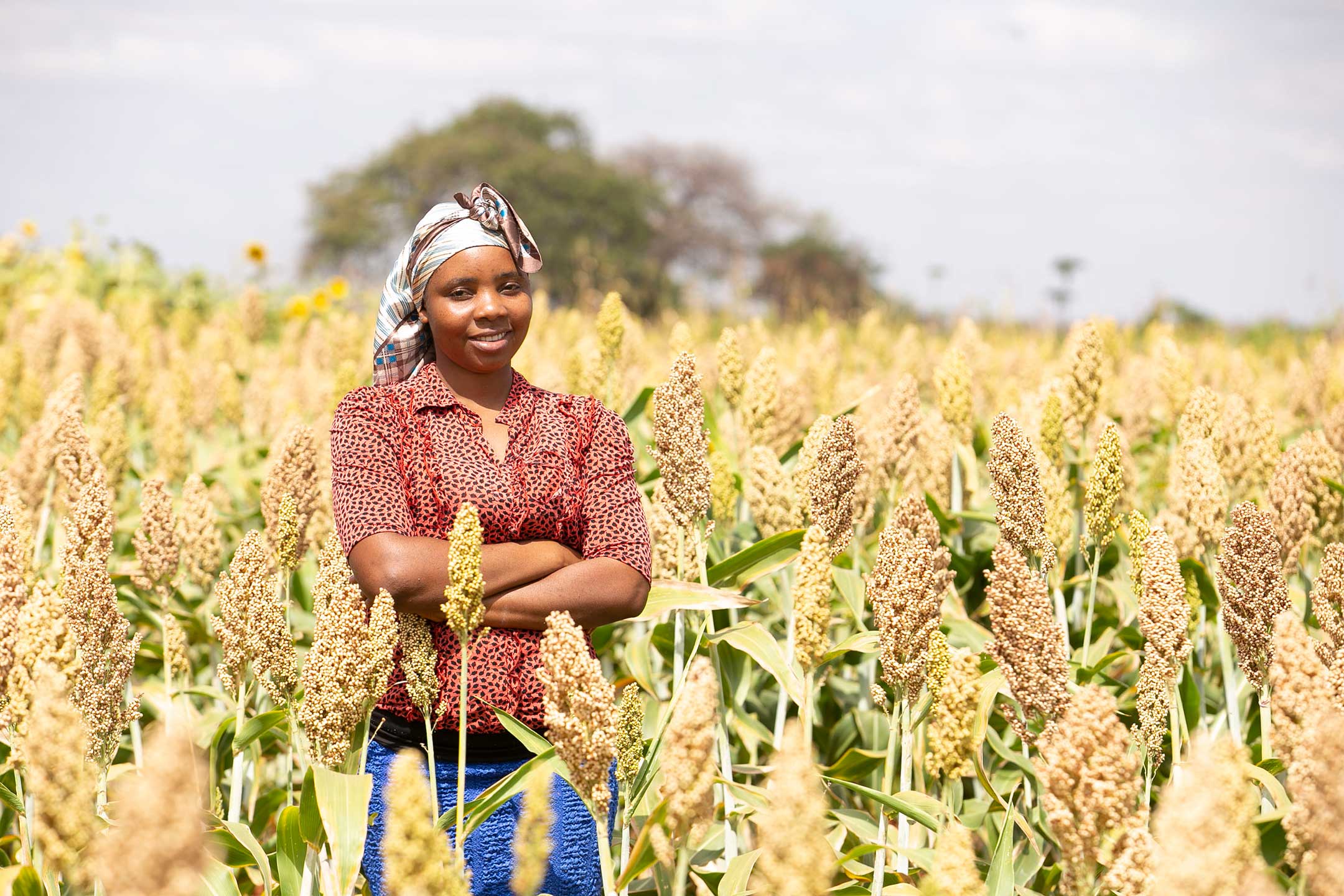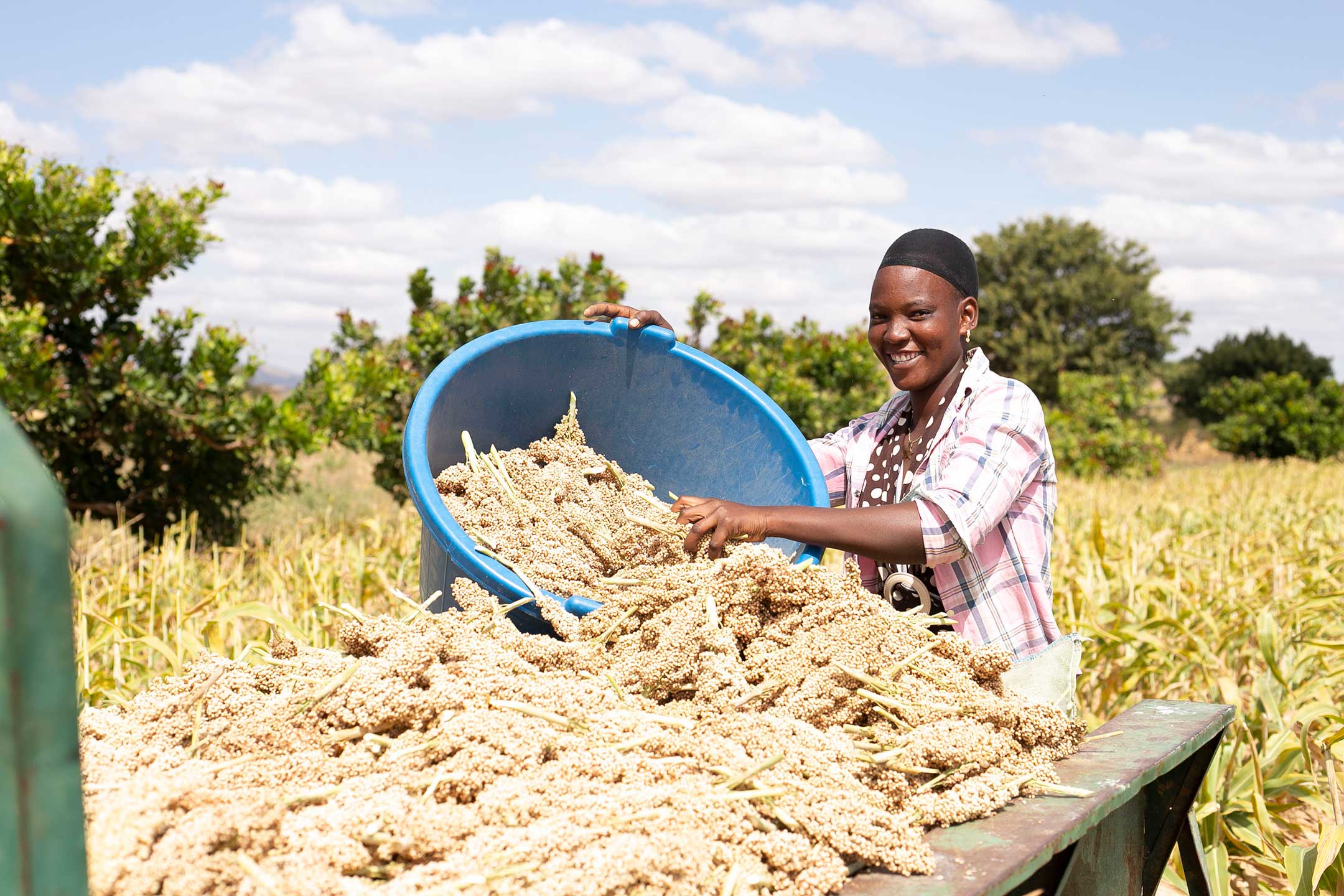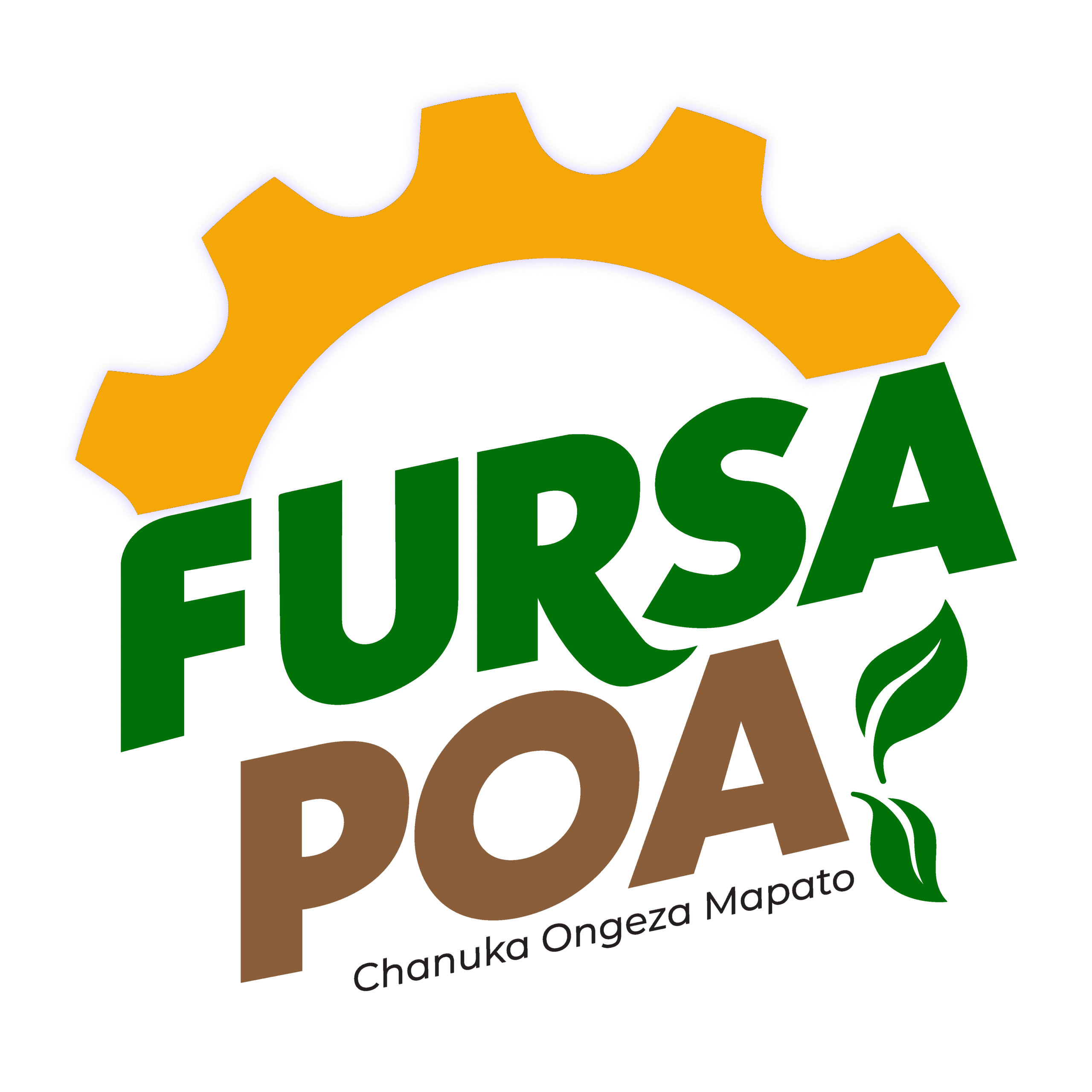Background
Limited availability and access to quality seed, lack of information, and weak community-based production systems have hindered adoption of improved varieties, especially among women and youth. Inhibiting gender and social norms further restrict equitable participation. Suppliers perceived no demand, while underserved users faced high unmet needs revealing a disconnect driven by quality gaps and exclusion. This project bridges that gap by promoting quality and inclusion. Youth possess skills but lack opportunity; women are eager but overlooked. Strengthening quality assurance, leveraging Youth and Women Quality Centres, and building inclusive networks ensures market-driven, sustainable adoption of improved agricultural technologies in hard-to-reach communities

Goal
To increase the engagement and support for women and youth seed enterprises to respond to the grain demand with a focus on both quality and quantity produce.
Target Audience
Hard to reach small holder farmers, youth, women, market actors, policy makers.
Implementation
The project applied a 5-step Social and Behaviour Change (SBC) approach grounded in the Socio-Ecological Model to influence smallholder farmers, suppliers, and policymakers. Interventions were context-specific and evidence-driven. Forty-five youth champions were mobilized to drive Behaviour Change Communication through peer modeling and outreach, while 27 demonstration plots showcased the value of improved seed varieties. The ‘Fursa Poa’ digital platform enhanced stakeholder engagement.
Social mobilization reached 15 institutions (schools, churches, farmer groups), amplifying the “Kizazi Cha Mabadiliko” campaign. Advocacy activated 39 partnerships, and a web portal plus village forums bridged stakeholder knowledge gaps.
Five licensed Youth and Women Quality Centres (YWQCs) distributed over 7 tons of improved seed, hosted seed fairs reaching 600 farmers, and trained over 100 individuals in seed production, business, and dealership. Notably, 43 seed entrepreneurs produced 17,815.5 kg of QDS groundnut and sorghum seeds. Over 5,000 youth and women were sensitized to agricultural technologies, transforming them into active participants in the seed value chain


Achievements and Results
The project achieved significant milestones in enhancing the adoption and awareness of improved seed varieties. A 2024 impact study showed marked improvements among the treatment group compared to controls. Awareness of improved varieties rose to 82% for groundnuts and 75% for sorghum, from just 4.5% and 9.4% respectively in the control group. Adoption rates increased by 24.7% (groundnuts) and 26.3% (sorghum), highlighting the effectiveness of SBC interventions.
Seed recycling declined, with only 13.2% of groundnut and 9.8% of sorghum farmers continuing to recycle, and female farmers showing the lowest recycling rates—indicating a shift towards purchasing new seeds. Purchase rates increased significantly, with groundnut improved seed buyers rising from 0.6% to 25.6%, and sorghum from 1.8% to 29.4%.
The project also strengthened women and youth participation in agribusiness, improving their economic empowerment and transforming their roles within the agricultural seed system.
Conclusion
The project successfully bridged systemic gaps in seed access by promoting quality, inclusion, and market responsiveness. Through strategic SBC interventions, demonstration plots, digital platforms, and Youth and Women Quality Centres, it empowered over 5,000 women and youth, improved adoption and purchase rates, and reduced seed recycling. These outcomes demonstrate a replicable model for inclusive agricultural transformation, positioning empowered communities at the centre of sustainable seed systems and food security.
